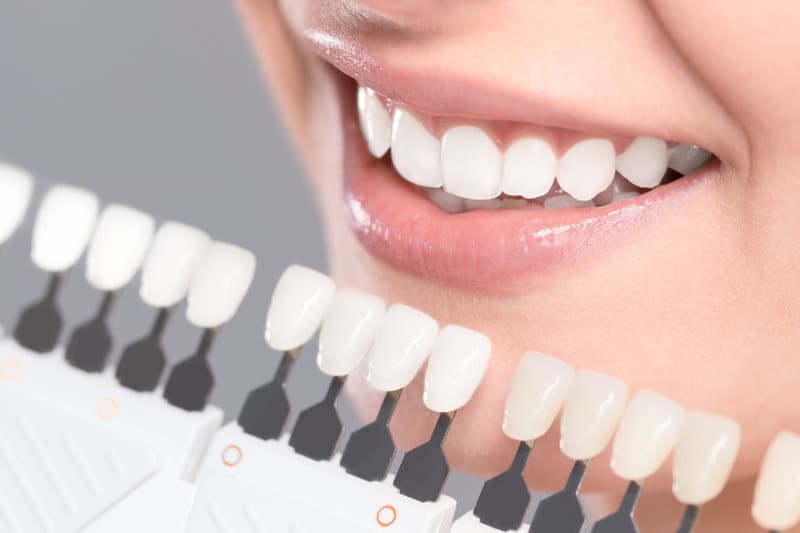
There are a number of options available when it comes to teeth whitening (teeth bleaching), all with different advantages and disadvantages. Let’s explore some of these options:
Over the counter whitening products are the entry-level approach to getting brighter teeth. The are inexpensive and readily available, but because their strength is limited as an OTC product, they are good “starter” choices for whitening. Many of the toothpastes that offer whitening are actually polishing and not whitening.
In-office whitening is a great approach to getting brighter teeth, and we’ve had with success with the Zoom in-office light. We have a specialized (and safe) whitening machine in the office that allows us to make the shade of your teeth lighter in only a few hours. The advantage of this approach is that it the results are instantaneous; the disadvantage however, is that the results don’t last as long as they would compared to a take-home tray approach, which we will discuss below.
Take home-trays are the most effective approach to whitening your teeth; and we use Ultradent product to achieve bleaching success. The whitening gel is very effective and can significantly lighten the shade of your teeth. The disadvantage to this approach is that you need to wear trays for a set time every night for a period of time (i.e. 30 minutes per night for 2 weeks), and compliance is key if you are to get the best results.
The problem with tooth whitening is that the longevity of the results are very much related to the type of bleaching you had and the types of food that you eat. Whitening with take-home trays will last significantly longer than whitening with OTC toothpaste, and will stay white longer if you eat clear foods vs. dark foods such as red wine and grapes.
One of the drawbacks to any type of tooth whitening is the risk of tooth sensitivity.
Get in Touch